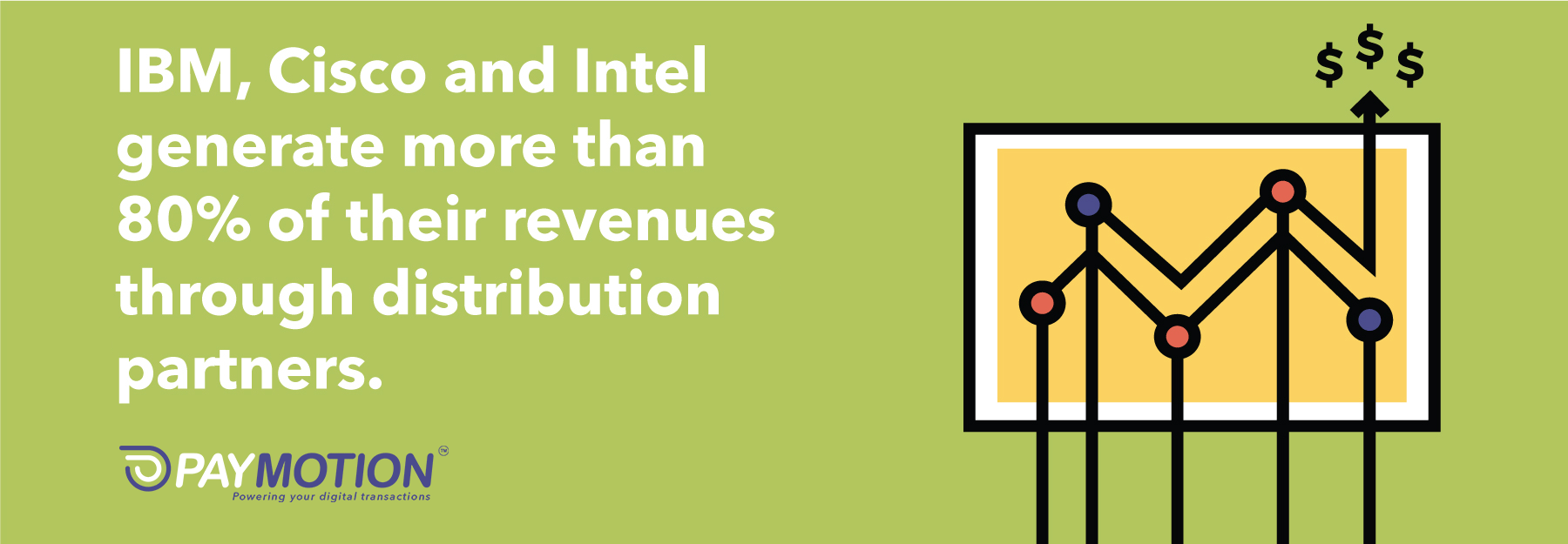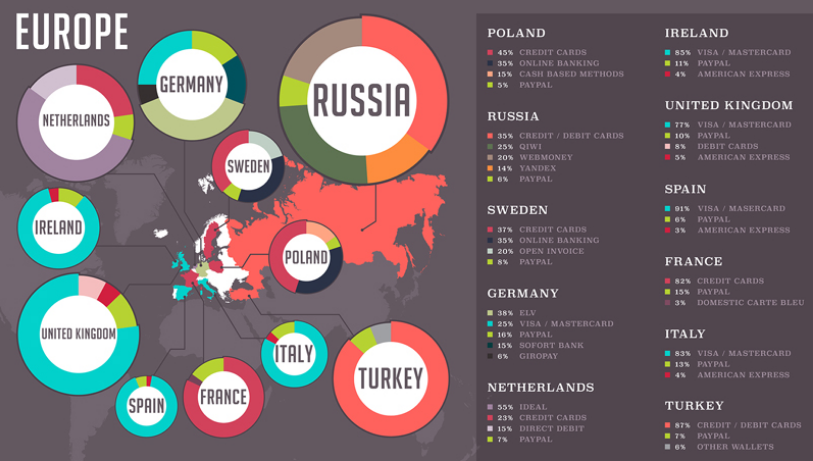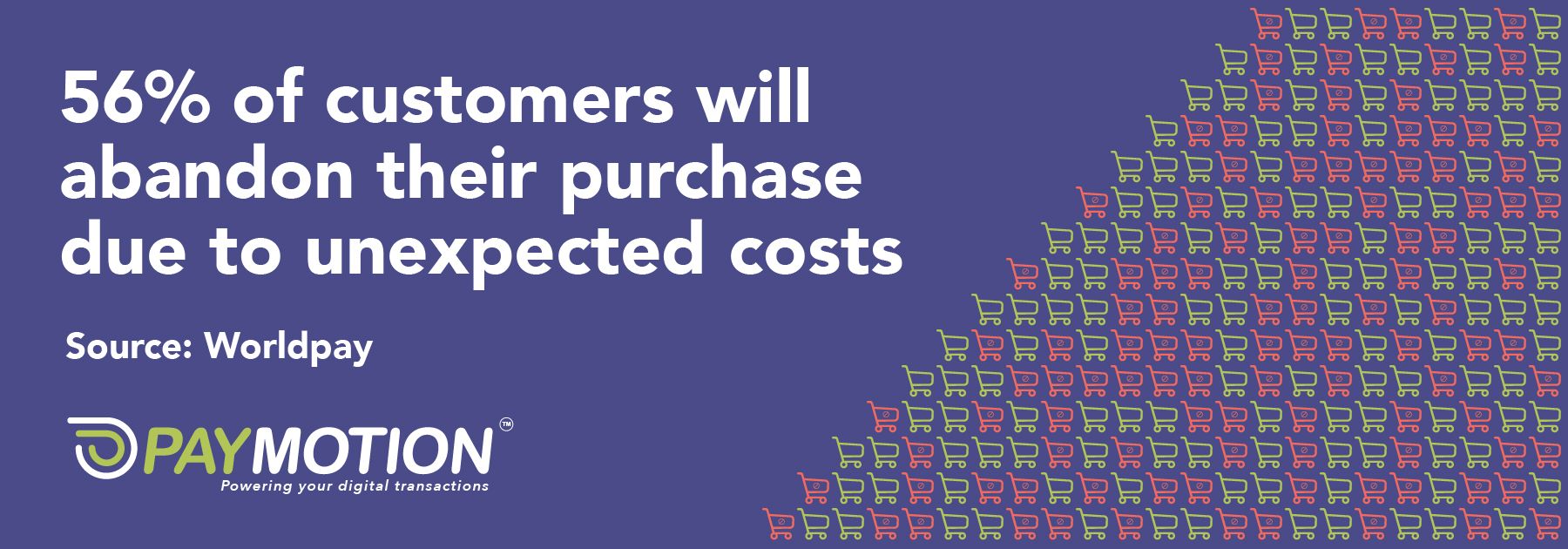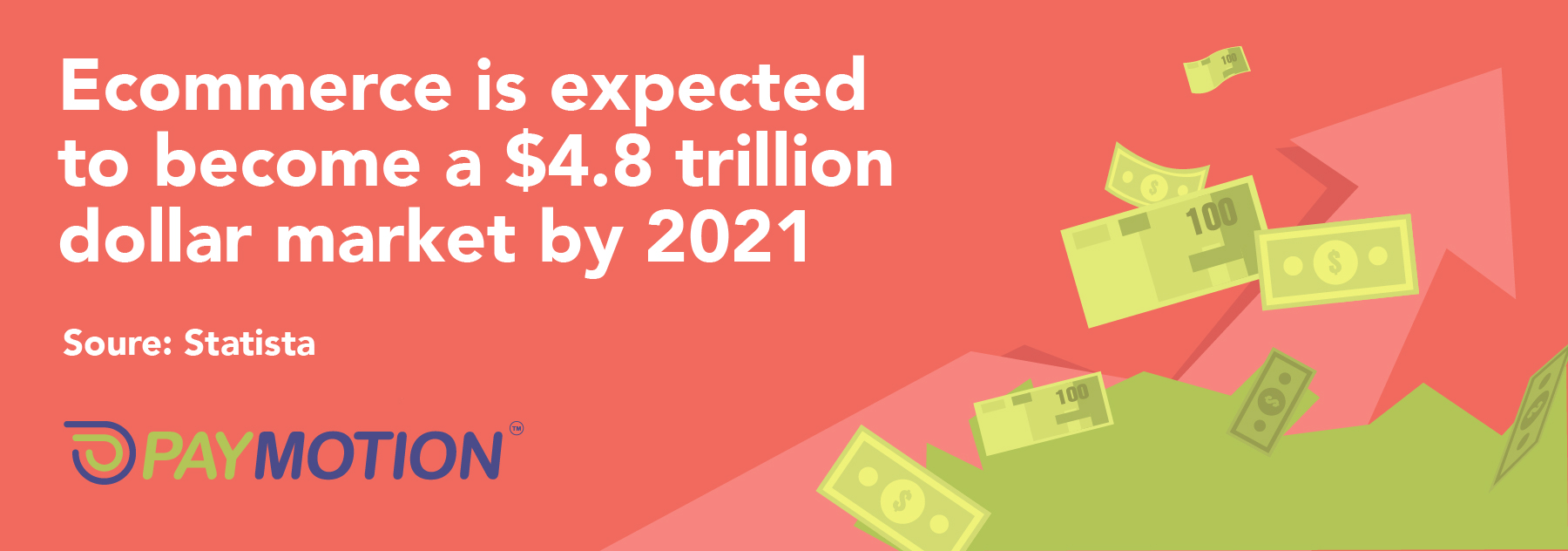You’ve created a digital business, and you’re off to a successful start in your region of origin. But you want global growth and your current model can only generate so much revenue with the resources you started with. It is now time to start adding pieces to compete on a global level.
While it’s obvious you’ll need to make some changes and adjustments to smoothen the scaling process and make it as easy as possible for your future customers to transact with you, deciding what those specific moves will be is a much more complicated matter.
In this article, we explore some of the fundamental ecommerce growth elements that must be prioritized in order to maintain your online business’ continued success during the scaling process. This includes how to effectively deploy a localization strategy, tips for maximizing new international customers, how to ease the conversion process, and common mistakes to avoid throughout the global growth period.
One of the first things you’ll want to do before you start your acceleration into new global markets is to identify your localization strategy. Too often businesses don’t approach this with the right plan, leading to failure. One need not look further than when retail giant, Target, thought it could simply drop its current business model – which is highly successful in the United States – into a Canadian market. By leasing 220 Zellers locations, a business that was already declining in Canada, Target thought the discounted rate to purchase these locations was too good to pass up, jumping on the opportunity to swap the Zellers brand out with its own (which was very similar in nature). Target failed to focus on why the Zellers model was deteriorating, which ultimately led to them closing all their Canadian locations only two years after breaking into the market.
The risk of not fully fleshing out your localization strategy is too high to not give it the time and attention it rightfully needs. To that end, here are a few questions you’ll want to be able to answer prior to your global launch.

Who are your customers?
There can be quite a dramatic difference between who your local customers are, and who your customers are in a new market. When thinking of global growth, you’ll want to focus on a few aspects, for instance, how many customers there are based on the total population, what the cultural acceptance of ecommerce is, what their average income is, and what they’re actually willing to pay for your product. You might find that the price you offer for your products or services in one market might differ quite substantially to another.
Who is your competition?
While it’s true that great businesses don’t copy the model of their competitors, it’s still vital that you’re aware of who your competitors are and what you can do to capture their share of the market. You’ll want to identify all the major players in the space and how much of a hold they have on the customer base, as well as how differentiated their competitive offerings are compared to yours, and whether or not they’re utilizing key vendor relationships via local resellers.
Who are your allies?
Even though your competition may be leveraging local resellers to compete against you, these same resellers can also be powerful allies, offering your product via their already-proven distribution channels. These channel partners can be extremely valuable in propelling your revenue in the markets they represent, and don’t require the same financial commitment as onboarding and training an internal marketing or sales team. After all, they already know what’s successful in the market, they have the industry knowledge, and they know what tactics to deploy to increase your digital presence.

What are the key regulations?
Global growth goes hand in hand with regulation. In the age of GDPR and the Consumer Privacy Act, it is absolutely paramount that you’re aware of the regulatory environment of the market you’re venturing into. Ensure that you fully understand what is and is not permitted, like current business processes, whether or not any of your products or services are restricted or illegal, and what taxes need to be paid. Taxes are quite complex, and it’s highly recommended that you consult with an international tax attorney to guarantee that you’re not penalized in the future.
What does your marketing look like?
No matter how great your offering is, if you’re not marketing it effectively to your new global markets, you’re going to miss out on getting a larger slice of the revenue pie.
The first thing you’ll want to make sure you’re doing is speaking in a language your customers understand. While this obviously means presenting international users with a website that’s in their language, it also means taking the time to research nuanced words and phrases. When Coors decided to try and expand its brand into Spanish markets with its “Turn it Loose” campaign, it needed to make some emergency adjustments when it was realized that the phrase translated to “Suffer from Diarrhea” to its target audience, which was clearly not the message they were going for. Enlist the aid of professional help when translating your website and your product content so that it resonates in a positive way with your demographic.

The next thing to focus on are your earned digital media channels. Research what search engines each market uses (ie: Google in North America, Baidu in China, Yandex in Russia) and which social networks command the market (Facebook in North America, QQ in China, Vkontakte in Russia) and – if needed – optimize these new channels to take full advantage of further spreading brand awareness. You can find more information on how to effectively localize your marketing processes here.
How are you focusing on pricing & payments?
Speaking the language of your new audience is a great start, but to really capitalize on global growth opportunities, you must also offer them localized pricing. Make sure you are displaying the cost of your goods in the market’s currency, not simply the currency that got your business off the ground.
Another thing to be mindful of is how international customers pay for things. What types of payment methods are they using? While credit cards are the obvious choice in North America, that might not be the case in your new markets. Alipay, for example, is an incredibly common and well-known payment method in China.
By offering payment methods that are aligned with the market you’re entering, you’ll be removing unnecessary conversion barriers and increasing your conversion rate.

It’s worth noting how essential it is to have a payments infrastructure that can accommodate processing international payments. There is a heightened risk of having a credit card transaction get declined if the issuing and acquiring bank are not in the same region or dealing with other security and compliance-related issues. With that in mind, you may want to consider partnering with a global payments platform that can manage this process for you entirely, allowing you to focus on the business at hand. For a deeper dive on global growth and price localization specifically, give this article a read.
Now that you know what goes into fleshing out a well-thought localization strategy, it’s time to shift your attention to the next major part of the equation – maximizing your customer base.
The good news is, by following many of the above practices, like establishing local currencies, creating content that resonates with their language, and flexing to suit their methods of payment, you’ve already made some significant strides in removing payment friction. In addition to these methods, there are two other ways to ensure you’re paving the way for customers to transact.
Social Proof
We mentioned in a previous blog article that 70% of online shoppers claim to look at peer ratings and reviews before purchasing a product. Whether you’re selling consumer goods, or a SaaS business offering, review sites are everywhere, and social proofing is vital for driving new customers to your business. Failure to do this can mean life or death for your global growth efforts. This is particularly true when you’re trying to make a name for yourself in a new market where you’re not as well known. Plan ahead how to get winning reviews and execute after.
Research what review sites are most applicable to your business in these target markets. Perhaps it’s Amazon, Yelp, or Google if you’re targeting individual consumers, or – if you’re selling a B2B software offering - G2 Crowd or Capterra.
Trust Badges
Another powerful way to establish more trust and confidence for the consumer is to take full advantage of trust badges on your website. With privacy and online fraud being a growing concern around the world, these badges give users a stronger sense of security when it comes to providing you with their payment information.
MonetizePros has a good list of examples of trust badges that you can work towards earning and leveraging. Different regions might have more lucrative trust badges, so do your homework and figure out which ones are worth the effort when entering these new markets.
Now that you have the steps in place to localize and maximize effectively, it’s time to get a little more granular with your website and cart checkout pages by focusing on a few other areas that are commonly overlooked by businesses, and relatively simple to avoid when expanding. This includes how you’re displaying payment information, form fields, and how you’re personalizing the shopper’s experience.
Not Localizing Form Fields
While it may seem like the same basic fields during the checkout process should be captured regardless of where you’re selling your offering, this is simply not the case and can have a catastrophic impact on your conversion rate. You need to be mindful of how you’re displaying your form fields. For example, a “Cardholder Name” in English is substantially shorter than the French version, “Nom du titulaire figurant sur la carte” – so be sure that there is space for this to be displayed clearly, on any device.
It’s also prudent to consider how users will interact with your form fields. Address, phone numbers, and postal codes differ quite dramatically. In the United States, a typical phone number has 10 digits, whereas the UK has 11. Some country codes have one digit, where others have two. Physical address in some parts of the world don’t have names, and others have numbers that appear after the name. Don’t pigeonhole yourself by setting a restriction on what users can enter in these fields.
Not Displaying the right Price
Displaying the full price of your offering without any hidden surprises can go a very long way when it comes to maximizing revenue. A Worldpay study revealed that more than half of customers who add an item to their cart will immediately abandon it if the final price includes unexpected costs.
While it may seem simple to adjust how your price is displayed to capture costs like shipping, taxes, and payment processing fees in your market of origin, this becomes much more complicated as you expand into new global areas, that all have unique fees respective to their regions. Ensure you’re taking the time to research these costs, and clearly show those costs up-front. You’ll essentially be doubling your chance of success.

Not Personalizing the Experience
As ecommerce sophistication around the world grows, so too do consumer expectations. Personalization is now a critical component to global growth success, regardless of where in the world you’re selling your goods.
A report by Janrain & Harris Interactive revealed that – while 59% of customers want personalized offers or advertisements – 74% of them will get annoyed if it’s not relevant to what their interests are. Adding this to the already sensitive subject of user data and security, personalization – while expected – also has a very small margin for error. Avoid this sort of mistakes when entering new markets.
Research tools can be used to help produce a more positive personalization component to your ecommerce business. From an advertising perspective – as mentioned earlier - we also highly recommend partnering with resellers in your respective geographies, as they will know what the most effective tactics are to resonate with your prospective customers.
With worldwide ecommerce revenue expected to reach nearly 5 trillion within the next two years, there’s never been a more lucrative time to start planning how you can scale your business and capitalize on the market.

We get it, global growth can be harder than it seems. By taking the proper steps to enhance the checkout experience for international customers like the ones mentioned above, you’ll be well on your way to competing with some of the market leaders and maximizing your ecommerce sales.
If you’re interested in even more insight on how to effectively grow your business to flourish in international markets, download our Big Picture Report on global growth from our Resources Page, which will cover an even broader range of topics to help further equip you for success.